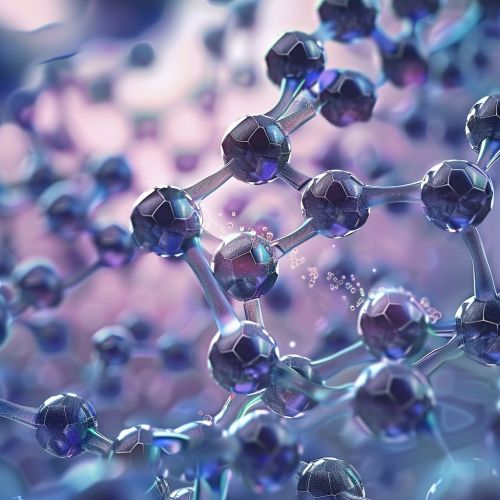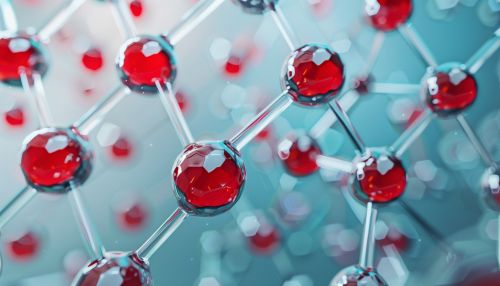Adenosine
Overview
Adenosine is a nucleoside that is composed of an adenine attached to a ribose sugar molecule (ribofuranose) via a β-N9-glycosidic bond. It plays a crucial role in various biochemical processes in the body, including energy transfer and signal transduction.


Biochemistry
Adenosine is a key component of many important biomolecules. It forms the building blocks of DNA (deoxyribonucleic acid) and RNA (ribonucleic acid), which are essential for genetic information storage and protein synthesis, respectively.
In the form of adenosine triphosphate (ATP), it serves as the primary energy currency of the cell. ATP is produced by the process of cellular respiration, and its hydrolysis releases energy that is used to drive various cellular processes.
Adenosine also forms part of adenosine diphosphate (ADP) and adenosine monophosphate (AMP), which are involved in energy transfer and cellular signaling.
Physiological Role
Adenosine has numerous physiological roles. It is involved in regulating heart rate and blood flow, promoting sleep, and modulating immune response.
In the cardiovascular system, adenosine acts as a vasodilator, helping to increase blood flow to the heart. It also has antiarrhythmic properties and is used clinically to treat certain types of heart arrhythmias.
In the nervous system, adenosine promotes sleep by acting on the adenosine receptor in the brain. It is also involved in the regulation of mood and cognition.
In the immune system, adenosine has anti-inflammatory effects and helps to regulate immune response. It is also involved in wound healing and tissue repair.
Pharmacological Uses
Adenosine is used in medicine for its various physiological effects. It is used as a drug to treat certain types of heart arrhythmias, such as supraventricular tachycardia. It is also used in diagnostic tests to assess coronary artery disease.
In addition, adenosine is being investigated for its potential use in treating various other conditions, including cancer, neurological disorders, and inflammatory diseases.
Metabolism
Adenosine is metabolized in the body by several enzymes, including adenosine deaminase, which converts it to inosine, and adenosine kinase, which phosphorylates it to AMP.
The levels of adenosine in the body are tightly regulated, as excessive amounts can have harmful effects, such as causing a drop in blood pressure or triggering an immune response.
